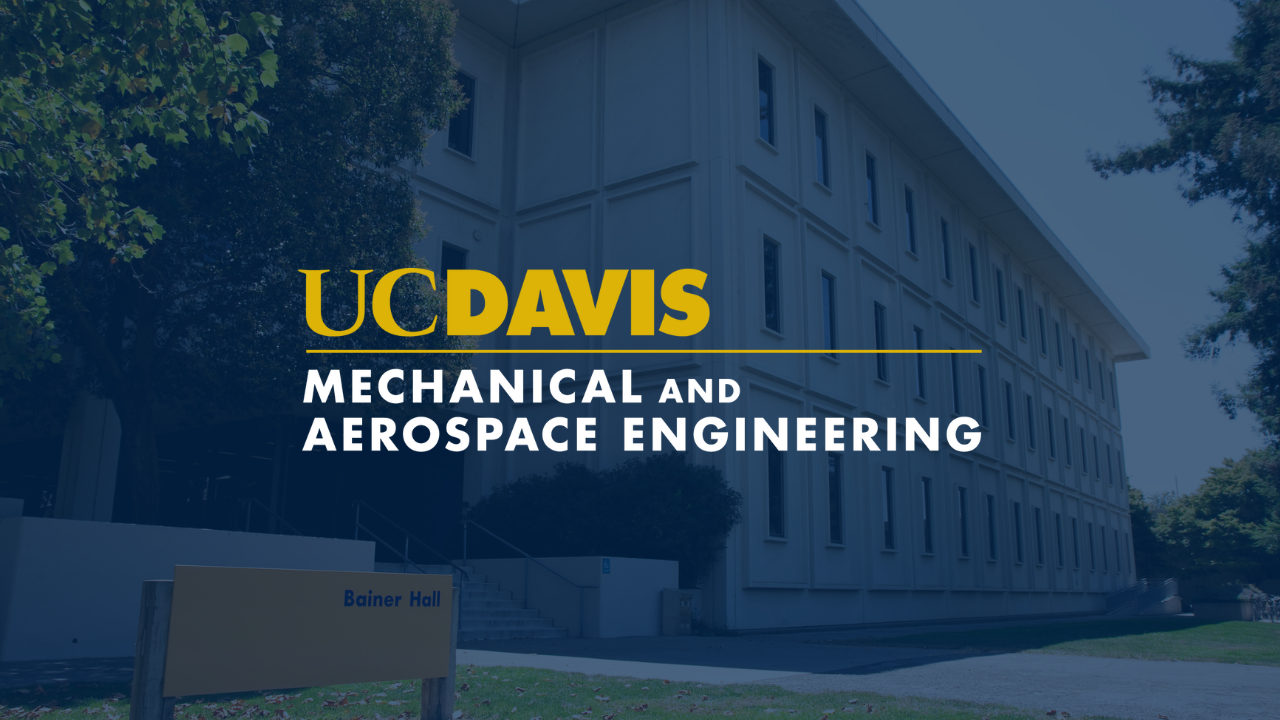
Event Date
Most incredible animal adaptations, such as aerial control, have been shaped by natural selection in which the fluid environment has played a fundamental role. Similarly, at sub-millimeter scales, some tiny organisms use other phenomena, such as electrostatics, to their biological advantage. In this talk, I am going to focus on three stories of my recent research that show how fluids, aerodynamics and electrostatic forces outline the animal world. In the first story, I will explore how semi-aquatic springtails, which are millimeter- sized arthropods, are able to skydive and consistently land on the water surface. The second story will focus on how water striders use a leg-mediated aerial control, to jump and land upright on the water. Lastly, I will show how nematodes are pulled by electrostatic forces towards their charged insect host.
Bio
Dr. Víctor M. Ortega Jiménez is an Assistant Professor of Integrative Biology at the University of California, Berkeley. His research explores the biomechanics of animal movement in complex environments, including unsteady flows, electrostatics, and bio-inspired locomotion. He earned his Ph.D. in Marine Ecology from CICESE in Mexico, followed by research positions at Georgia Tech, Kennesaw State University, UC Davis, and UNC Chapel Hill. His work combines experimental and computational approaches and has been published in leading journals and featured in international media.
Dr. Elio Challita is a Schmidt Science Fellow and Postdoctoral Researcher at the Harvard Microrobotics Laboratory, where he studies interfacial fluid mechanics, ultrafast biomechanics, and bio-inspired engineering. He earned his Ph.D. in Bioengineering from the Georgia Institute of Technology, a Master's in Mechanical Engineering from the University of Georgia, and a Bachelor's in Mechanical Engineering with a minor in Computer Science from the Lebanese American University. His interdisciplinary work integrates physics, engineering, and biology to develop novel biomimetic technologies.
